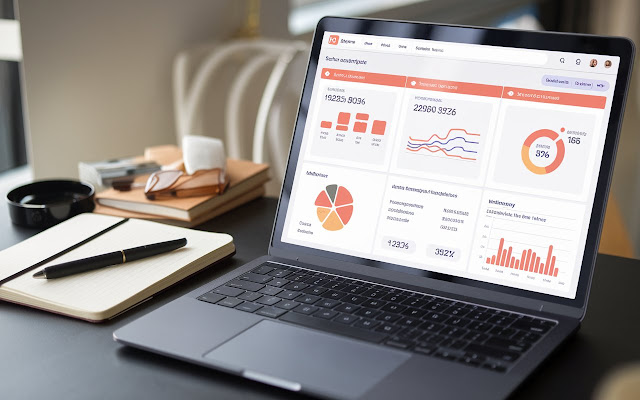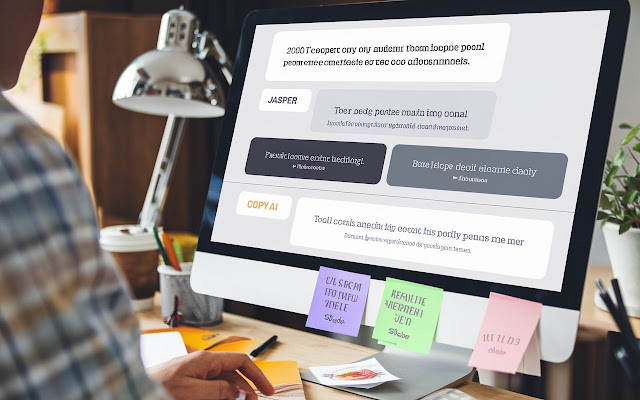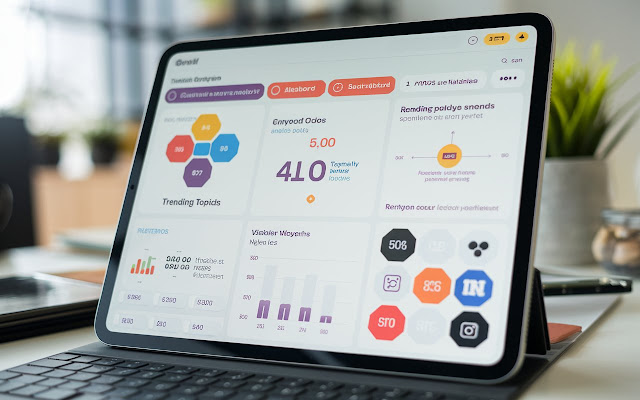One of the most critical aspects of successful branding is understanding your audience. Knowing who they are, what they care about, and how to reach them can mean the difference between an engaged community and missed opportunities. But as audience expectations and trends evolve, it can be challenging to keep up. This is where Artificial Intelligence (AI) comes in, transforming the way we analyze audiences and engage them effectively. With AI-powered tools, you can gain deep insights, tailor your message, and build meaningful connections with your audience. Here’s a guide on how to leverage AI to create more impactful, data-driven engagement for your brand.
Why Understanding Your Audience Matters
Your audience is at the heart of your brand, and the better you understand them, the more you can cater to their needs, preferences, and expectations. When you use data to inform your approach, you not only create a more relevant brand experience but also foster stronger loyalty and trust. Studies show that brands that engage with their audiences personally see higher retention and satisfaction rates. By using AI for audience analysis, you can understand what resonates, what doesn’t, and adjust your strategy accordingly.
Step 1: Collect Actionable Audience Data with AI Tools
To build an accurate picture of your audience, it’s essential to gather reliable data on their behavior, preferences, and interactions. AI-powered analytics platforms like Google Analytics 4 and HubSpot provide valuable insights into your audience’s demographics, engagement habits, and preferences.
Google Analytics 4: This advanced tool tracks user behavior across websites and apps, providing a deep dive into who visits your site, where they come from, and which content they engage with most. Google’s AI features allow for predictive insights, helping you anticipate user needs and personalize future interactions.
HubSpot: Known for its CRM capabilities, HubSpot uses AI to analyze customer data and provide insights into your audience’s journey. You can track how visitors move through your site, identify high-performing content, and refine your strategy to focus on what matters most to them.
Quick Tip: Use these tools to create detailed audience profiles. Track metrics like age, location, interests, and engagement times to make sure your content reaches the right people.
Step 2: Segment Your Audience for Targeted Engagement
Segmentation is key to creating relevant messaging for different audience groups. AI tools like Segment and Adobe Audience Manager make it easy to categorize your audience based on specific characteristics, ensuring that each group receives content that resonates with them.
Segment: Segment collects user data across various channels and uses AI to create audience groups based on behavior and demographics. You can then personalize your approach for each segment, whether they’re new visitors, frequent users, or high-value customers.
Adobe Audience Manager: Adobe’s AI-driven platform allows you to build detailed audience profiles and reach them across multiple platforms. The tool’s insights can help you identify high-potential audience groups and craft targeted messages that align with their interests and needs.
Pro Tip: Start with basic segmentation—like age and location—and gradually dive into more specific behaviors, such as purchase frequency or content preferences, to create precise targeting.
Step 3: Craft Personalized Content Using AI
Once you understand your audience’s preferences, crafting content that speaks to their unique needs becomes easier. AI-driven platforms like Jasper and Copy.ai can help you create personalized messages that resonate with specific segments, improving engagement and relevance.
Jasper: Jasper’s AI-powered content creation tool enables you to generate personalized posts, ads, and email content. By using insights from your audience analysis, Jasper can craft tailored messages that align with each segment’s interests and engagement style.
Copy.ai: With Copy.ai, you can create product descriptions, social media posts, and email copy designed for specific audience segments. The tool’s AI helps you develop content that addresses unique audience needs, driving higher engagement and conversions.
Quick Tip: Experiment with different tones and formats for each audience segment. See which types of content your audience engages with most and optimize based on those preferences.
Step 4: Use AI to Predict Audience Trends
Keeping up with changing trends can be challenging, but AI tools like Crimson Hexagon and SparkToro make it easier by identifying emerging topics and sentiment within your audience.
Crimson Hexagon: This AI-driven platform uses social listening to analyze millions of conversations across social media, forums, and other online spaces. By understanding the sentiment around certain topics, you can anticipate your audience’s needs and adjust your content strategy to stay relevant.
SparkToro: SparkToro allows you to discover your audience’s habits, preferred channels, and top interests. You can use this data to align your brand’s messaging with topics that resonate and remain timely in a fast-evolving market.
Pro Insight: Make it a habit to check for trending topics within your audience segments. Use these insights to stay ahead of trends and produce content that feels timely and relevant.
Step 5: Measure Engagement and Refine Your Strategy
AI-powered analytics tools like Sprout Social and Zoho Analytics help you track how your audience interacts with your brand over time, allowing you to refine your approach based on performance.
Sprout Social: This tool tracks post performance, engagement rates, and audience growth across social media platforms. AI-driven insights help you identify what’s working and what’s not, so you can adjust your approach for maximum engagement.
Zoho Analytics: Zoho’s AI tools analyze data from multiple channels, giving you a comprehensive view of your audience’s interaction with your brand. With customizable reports, you can focus on the KPIs that matter most and continuously optimize your strategy.
Quick Tip: Regularly review your analytics to track growth and engagement trends. Adjust your content and engagement strategy based on what’s performing best.
Key Takeaways
- Understand Your Audience: Use AI tools to gather data on demographics, behavior, and engagement patterns.
- Segment for Precision: Divide your audience into segments to tailor your content and create personalized experiences.
- Personalize Content: Leverage AI to craft targeted messages that resonate with each audience group.
- Stay Ahead of Trends: Use AI to monitor trends and ensure your content remains relevant and timely.
- Optimize with Analytics: Continuously measure engagement and refine your strategy to improve audience satisfaction.
Conclusion
Using AI to analyze and engage with your audience takes the guesswork out of building a personal brand. By leveraging AI-powered tools for data collection, segmentation, personalization, trend analysis, and performance tracking, you can create a brand experience that truly resonates with your audience. Start implementing these steps today, and you’ll not only gain a deeper understanding of your audience but also build lasting relationships that strengthen your brand.






0 comments:
Post a Comment